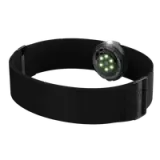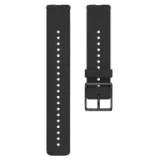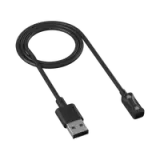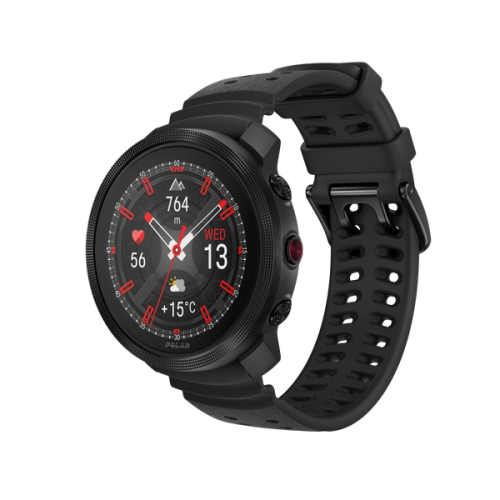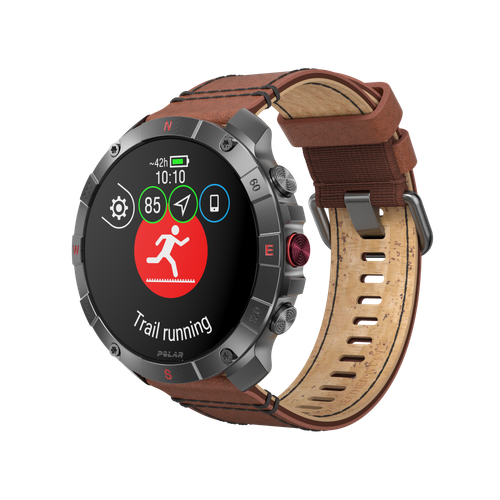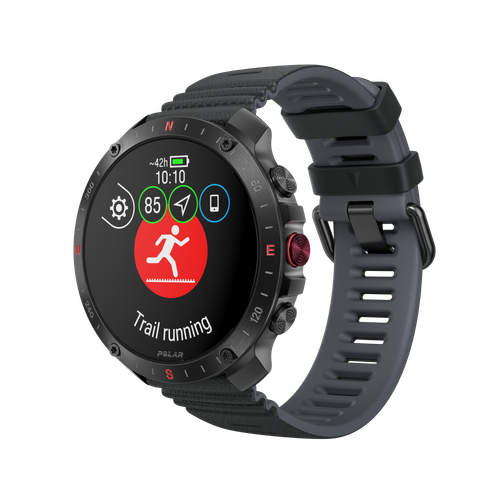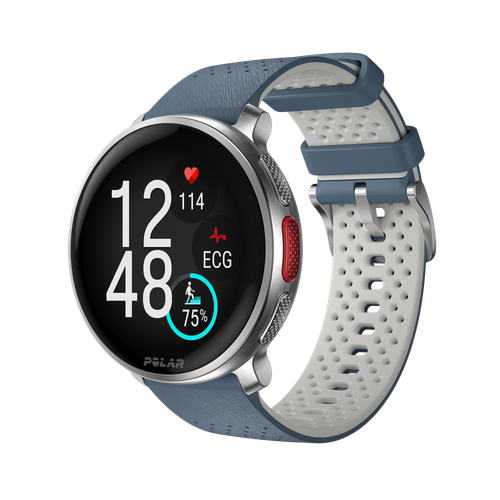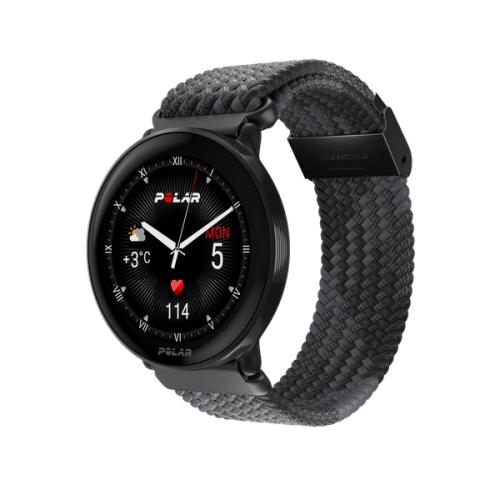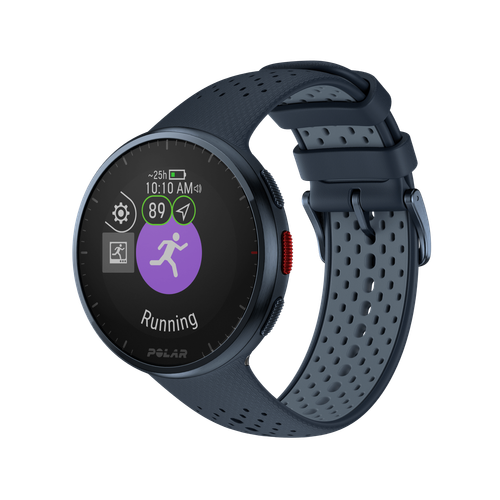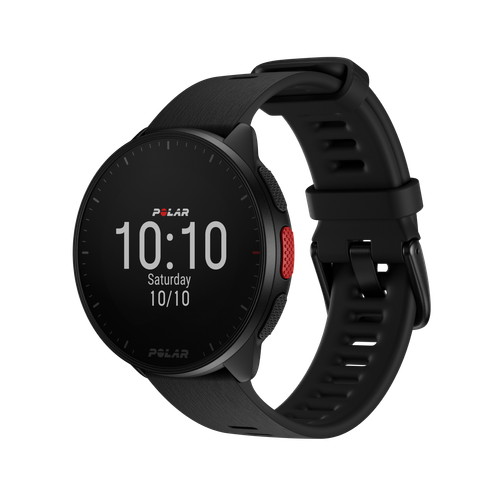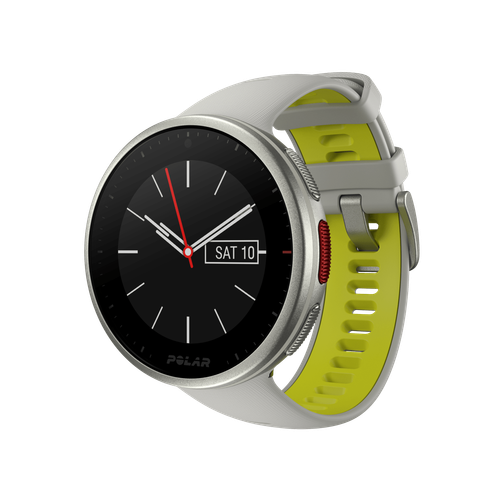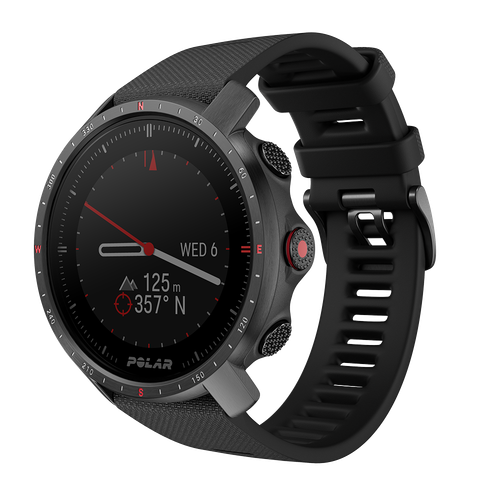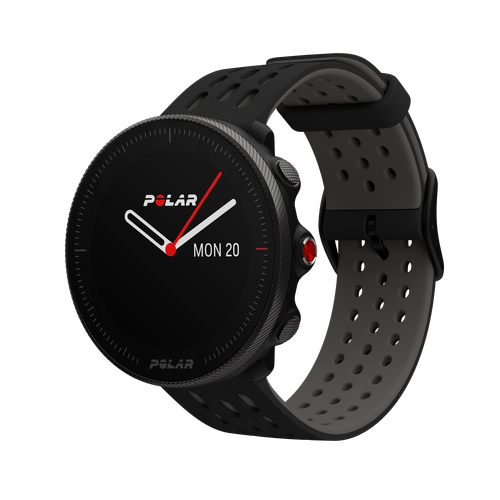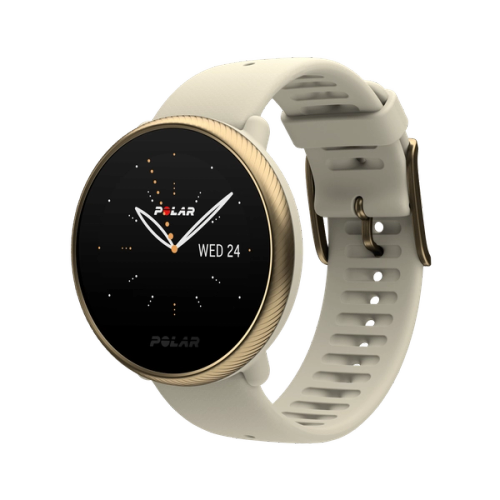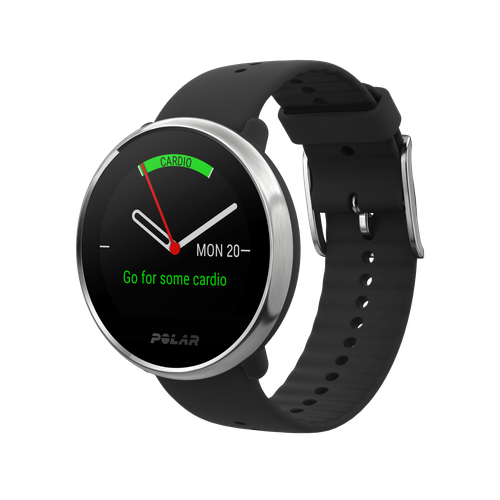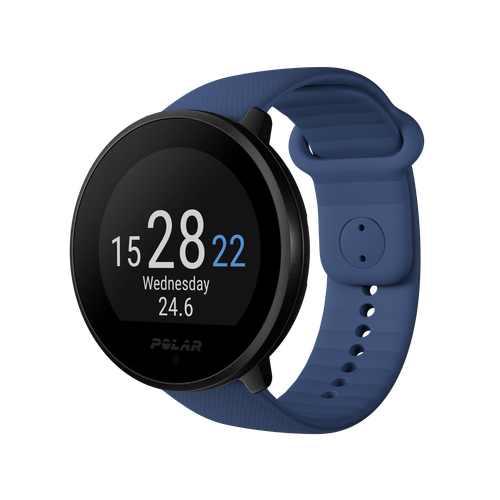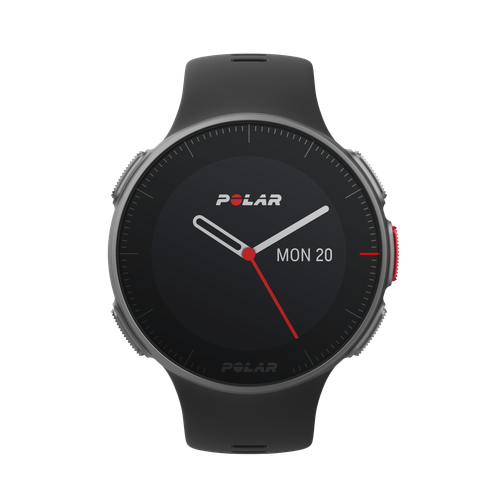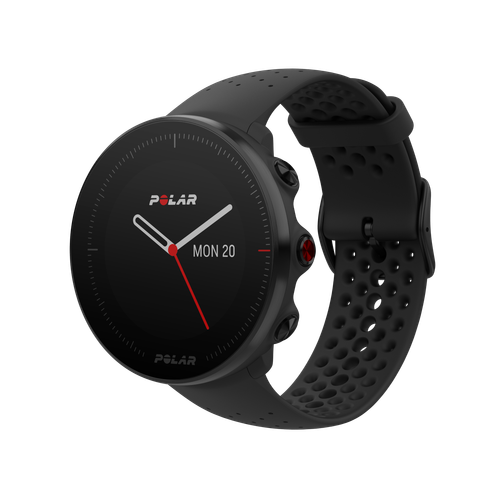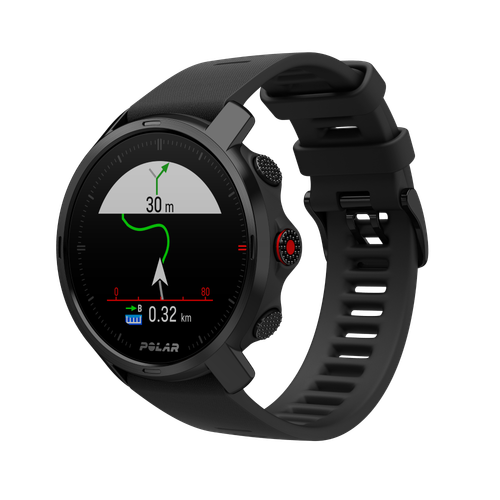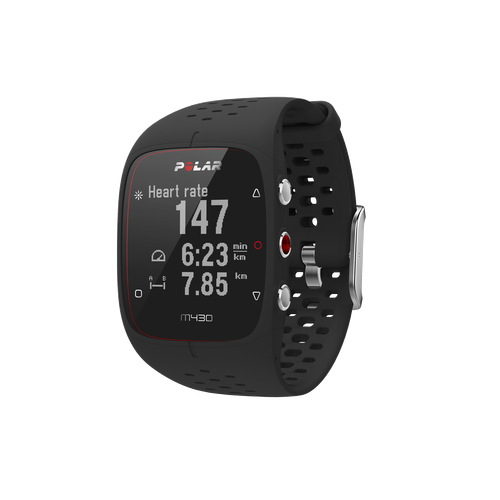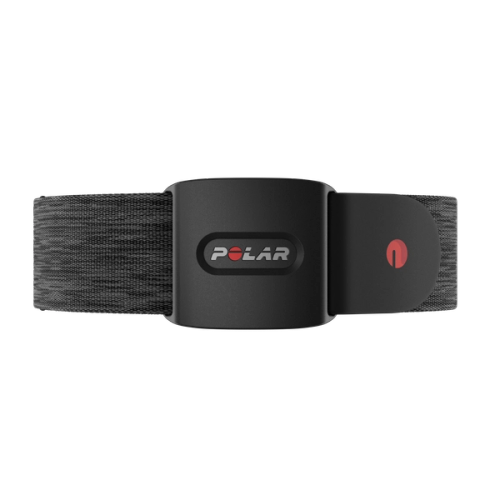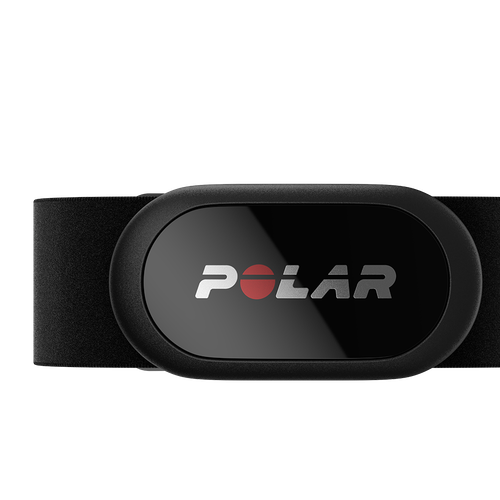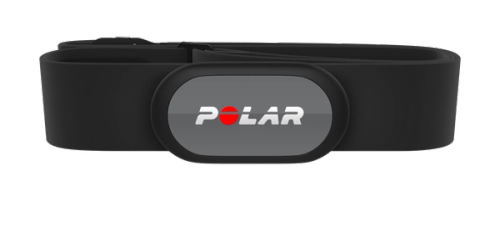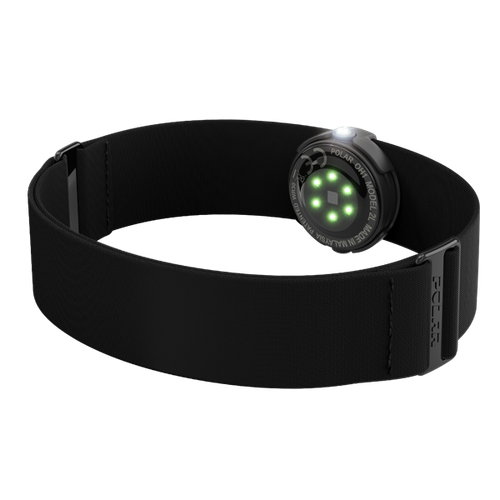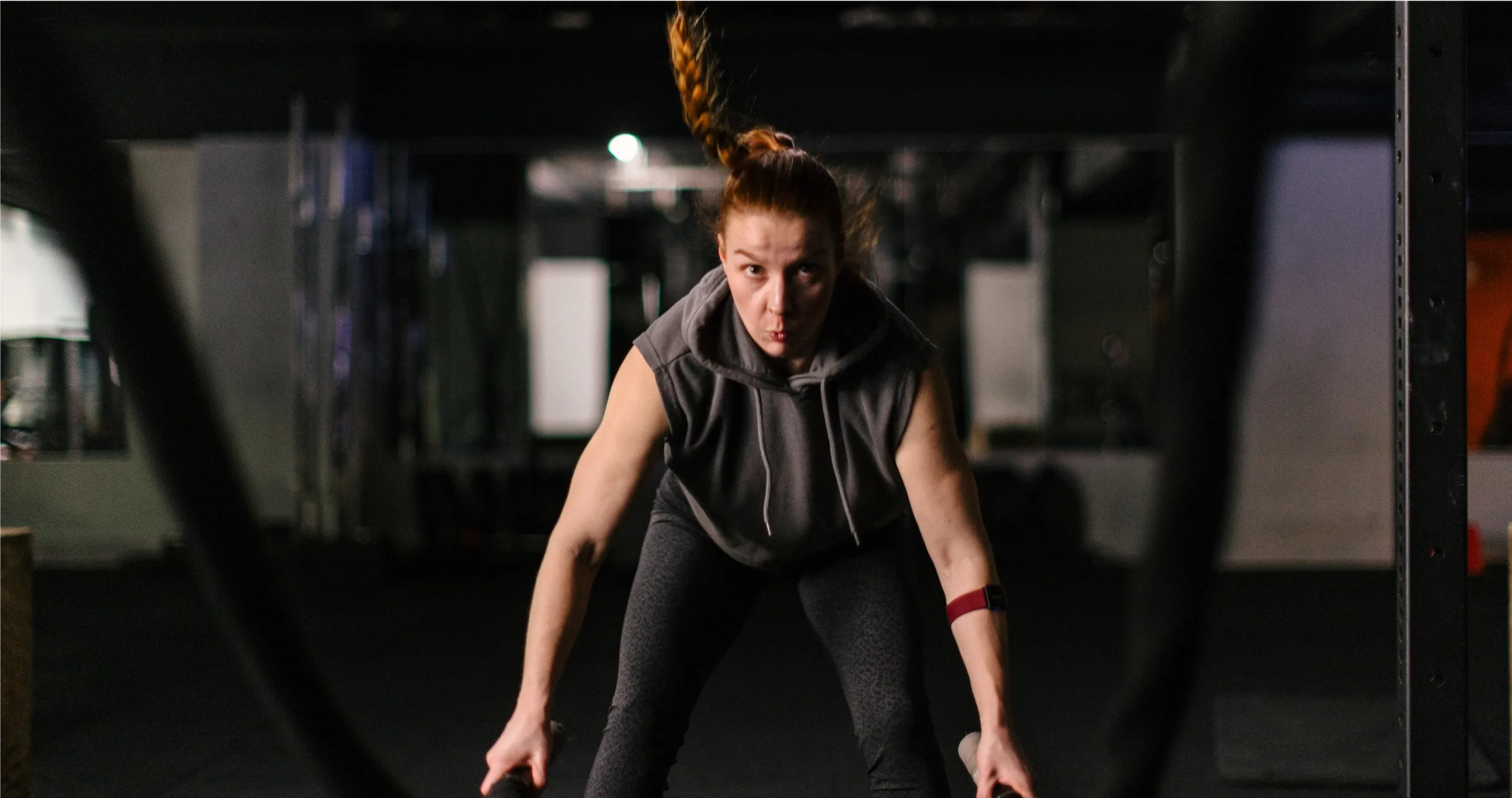Cycle syncing is very trendy, but what does this type of training really do? Should you plan your exercise according to your menstrual cycle and optimize it accordingly? Let’s take a look.
Can cycle syncing help your training?
The female body experiences hormonal fluctuations every month. Phases with a high hormone concentration in the blood alternate with phases with a lower hormone concentration. These phases influence numerous processes in your body and even different types of metabolism, including your energy metabolism.
That’s where the idea of syncing your training with your menstrual cycle came about. Simply put, it means adapting your training to your current phase.
These phases of your menstrual cycle include:
- The follicular phase, which can vary in length but is typically days 1-14 of your menstrual cycle and begins on the first day of your period.
- Ovulation, which typically occurs around day 14 but can vary.
- The luteal phase, which is usually a fixed 14-day part of your cycle, typically days 14-28, ending when a new menstrual cycle begins.
You may have already come across recommendations about which types of exercise are suitable for which phase of your cycle and what ones you should urgently avoid. A few examples of this misinformation include:
- You should only try strength training around ovulation.
- You shouldn’t do HIIT during the luteal phase.
- Shortly before menstruation, your strength levels will drop by up to 50%.
- During menstruation, you should only exercise gently and not do strength training.
But the truth is:
Currently, there are no scientifically backed training recommendations related to the phase of your menstrual cycle. For example, no study suggests you should only do yoga and walking in the luteal phase of your cycle, despite this being a popular fitness recommendation.
On the contrary, many women do not even meet the WHO’s recommendations for physical activity. They generally don’t move enough and are frightened by such unfounded claims.
That’s because the literature is currently very mixed. It’s possible that some women’s training and sporting performance is somewhat reduced in the luteal phase. However, this cannot be stated across the board, so it must be observed individually.
That does not mean your personal experience is not valid if you notice changes throughout your cycle. But generally, we can’t make recommendations for exercise by cycle. Instead, it would be best if you focused on the basics of training. And if you still need it, you can get to know your cycle and use the tips from this article.
Simply put, the idea of syncing your training with your menstrual cycle means adapting your training to your current phase.
The Big Five for Physically Active Women
Even before you sync your exercise with your cycle, you should ensure you have the basics for a healthy body and cycle covered. These include the ‘big five’ for physically active women:
Calories
As a physically active woman, your body burns energy – which must be constantly resupplied!
The optimum energy supply for an athletic woman is 40-60 kcal per kilogram of fat-free mass, which is the weight left over after subtracting body fat. For example, if you were a physically active woman with a body weight of 70 kilograms and a body fat content of 20%, you would have 56 kilograms of fat-free mass.
To determine your minimum energy needs, you would multiply this value by 40-45. This results in a calorie requirement of around 2,500 kcal per day. This value can increase to 3,300 kcal or more if you’re very active.
Pro tip: Even during a diet, you should never consume less than 30 kcal per kg of fat-free mass, as this increases the risk of RED-S (Relative Energy Deficiency in Sport).
Carbohydrates
Carbohydrates are primarily burned in endurance sports. Evidence shows that an inadequate supply of carbohydrates, even with adequate energy intake, can still disrupt your cycle and limit your performance.
The exact daily requirement for carbohydrates depends on the individual and can be up to 5-7g/kg body weight during intensive exercise. However, it should always be at least 130-150g daily.
An exception to this is a strict ketogenic diet, which permanently requires less than 40-50g of carbohydrates per day.
Proteins
Eating 1.2-2.2g protein per kilogram of body weight daily is essential for athletes. This intake ensures that your body can regenerate optimally and rebuild destroyed tissue.
Training load
Even if you want to sync your training more according to the cycle, you shouldn’t train in a radically different way every week. Struggling with completely different training stimuli every seven days would put unnecessary stress on your body.
Therefore, your basic training plan should remain similar, and the training load should match your current level of performance.
Sleep and recovery
The big five for physically active women also include sleep and rest. That means always including:
undefined
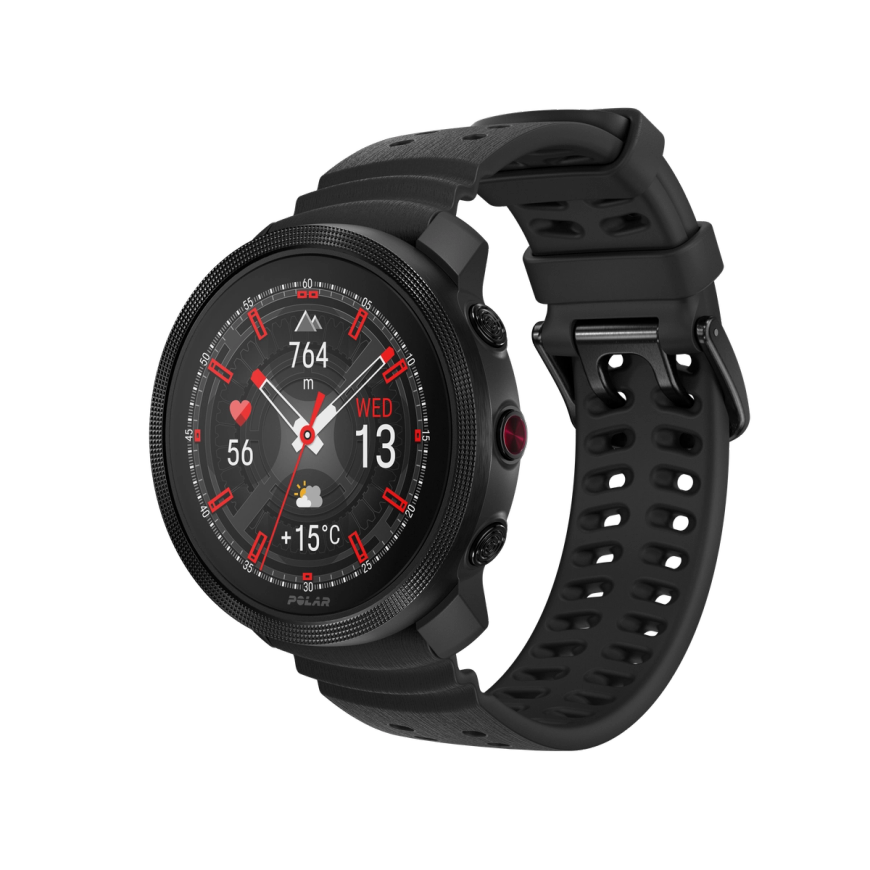
Polar Vantage M3
Smart Multi-Sport Watch
Polar Vantage M3 is a smart multi-sport watch for multi-sport athletes that’s compact yet powerful, stylish yet strong, and designed to bring extraordinary training, sleep and recovery tools into everyday life.
Cycle syncing your exercise: how it works
If you’ve covered the basics and still want to get more involved with exercising in sync with your cycle, that’s no problem! I also have many tips and tricks for you.
1) Collect data and get to know your rhythm
The only proper way to structure your training according to your cycle is to adapt to your symptoms and patterns.
To do this, you can start by collecting data for a few months. Pay attention to your subjective feelings during training and everyday life, document possible symptoms, and use your Polar sports watch to recognize patterns.
When it comes to your Polar Flow metrics, you are probably most interested in:
You can also note your Rate of Percieved Exertion for each training session in the training notes on Polar Flow.
Your cycle can, in principle, influence all of these things. Do you recognize any patterns in all this data?
By training based on your heart rate, you can effectively control the intensity of your workouts. This way, you can ensure that your training volume and intensity are realistic and don’t fluctuate too much.
This approach will also benefit you if you feel weaker due to your cycle. In this case, you can then consciously reduce the intensity of your workouts.
2) Train according to heart rate and feeling
By training based on your heart rate, you can effectively control the intensity of your workouts. This way, you can ensure that your training volume and intensity are realistic and don’t fluctuate too much.
This approach will also benefit you if you feel weaker due to your cycle. In this case, you can then consciously reduce the intensity of your workouts.
You can also use your subjective feelings. They can help you adjust your workout, if necessary, especially when it comes to strength training.
A proven method for this is the Rate of Perceived Exertion (RPE) mentioned above. The RPE scale goes from 1 to 10 and lets you estimate whether you should push yourself harder or maintain your current pace. Paying attention to this scale means you can adjust your weights or repetition numbers, even on weaker days.
3) Adjust your diet
Your diet has the most significant effect on cycle-related symptoms in training. With a few simple tricks, you can counteract a possible loss of performance and provide additional support for your body:
- Increase your energy intake a little during the luteal phase. The basal metabolic rate increases by 2-12% during this time.
- Eat carbohydrates around training.
- Drink enough water throughout the day.
- Use caffeine for cycle-related fatigue.
4) Small adjustments in training
If you still need it, you can make minor adjustments to your training. For example, you could take an additional rest day towards the end of the cycle or plan your recovery week to occur when you feel weakest during your cycle.
Remember that this is not about a complete change in your sports and training plan but rather about micro-changes!
5) Stay curious and keep getting to know yourself
If you want to try syncing your training with your cycle, stay curious and keep getting to know yourself.
No two cycles are the same. People change, and the circumstances in which you live also change. All of this can affect your energy levels and well-being. Continue tracking your training and sleep with your Polar sports watch and use subjective observations to make necessary changes.
Enjoying this article? Subscribe to Polar Journal and get notified when a new Polar Journal issue is out.
Subscribe
Cycle syncing: conclusion
Cycle syncing is a fascinating topic. Unfortunately, many myths and claims about it are scientifically untenable.
Before fine-tuning with this approach, all female athletes should optimize the basics, such as energy intake, carbohydrates, proteins, training planning, and regeneration.
If you want to base your training on your menstrual cycle, start by getting to know your body better and observing your rhythm. Your Polar sports watch helps you see patterns in your data. In addition, the tips mentioned above will help you with cycle-related symptoms.
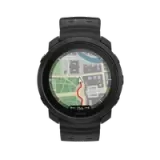 Polar Vantage M3
New
Polar Vantage M3
New
 Polar Grit X2 Pro Titan
New
Polar Grit X2 Pro Titan
New
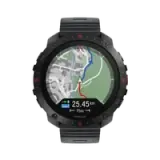 Polar Grit X2 Pro
New
Polar Grit X2 Pro
New
 Polar Vantage V3
Polar Vantage V3
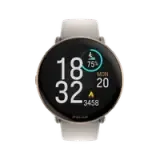 Polar Ignite 3
Polar Ignite 3
 Polar Ignite 3 Braided Yarn
New
Polar Ignite 3 Braided Yarn
New
 Polar Pacer Pro
Polar Pacer Pro
 Polar Pacer
Polar Pacer
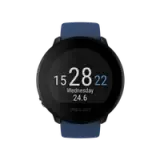 Polar Unite
Grit X Series
Vantage Series
Pacer Series
Ignite Series
Polar Unite
Grit X Series
Vantage Series
Pacer Series
Ignite Series



